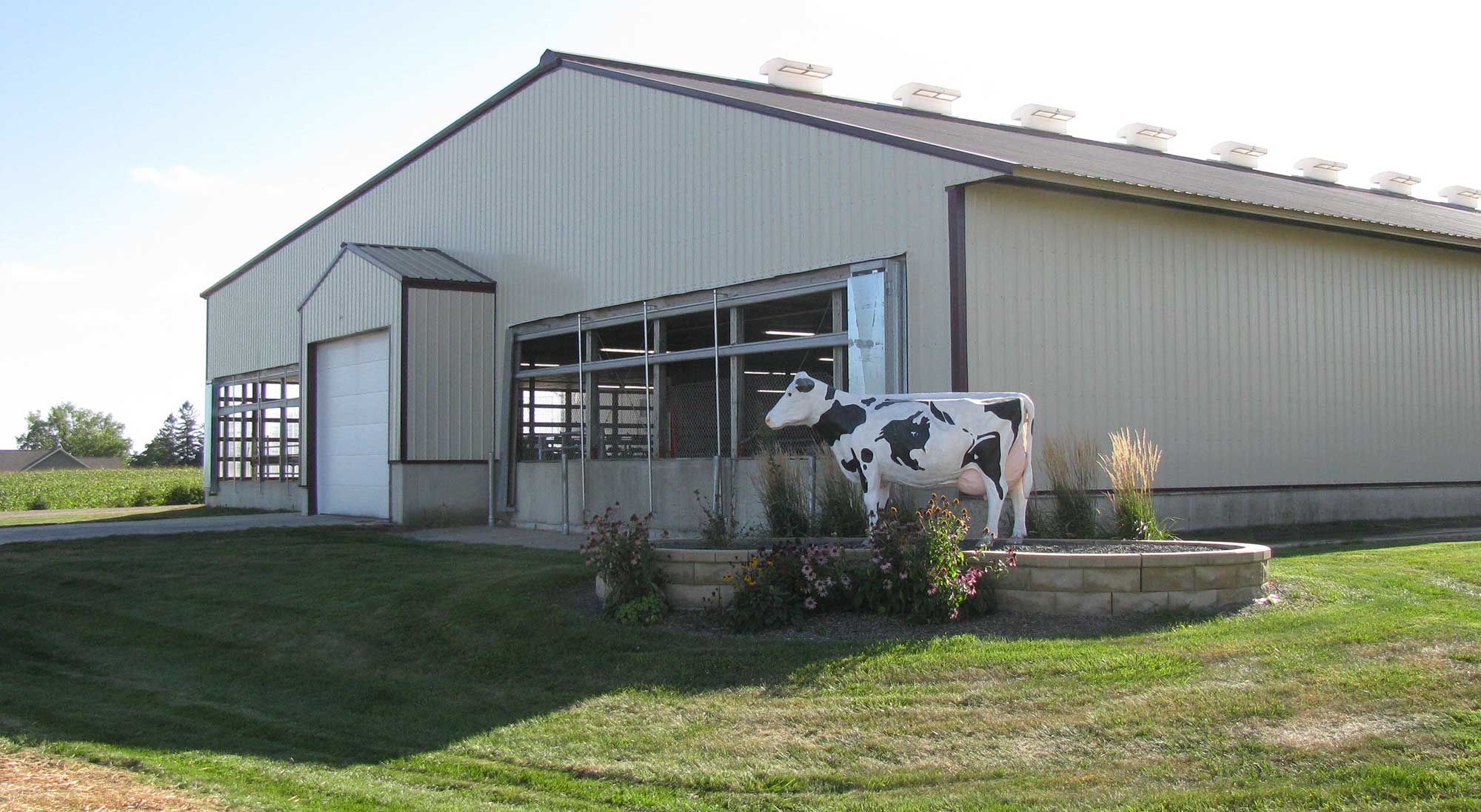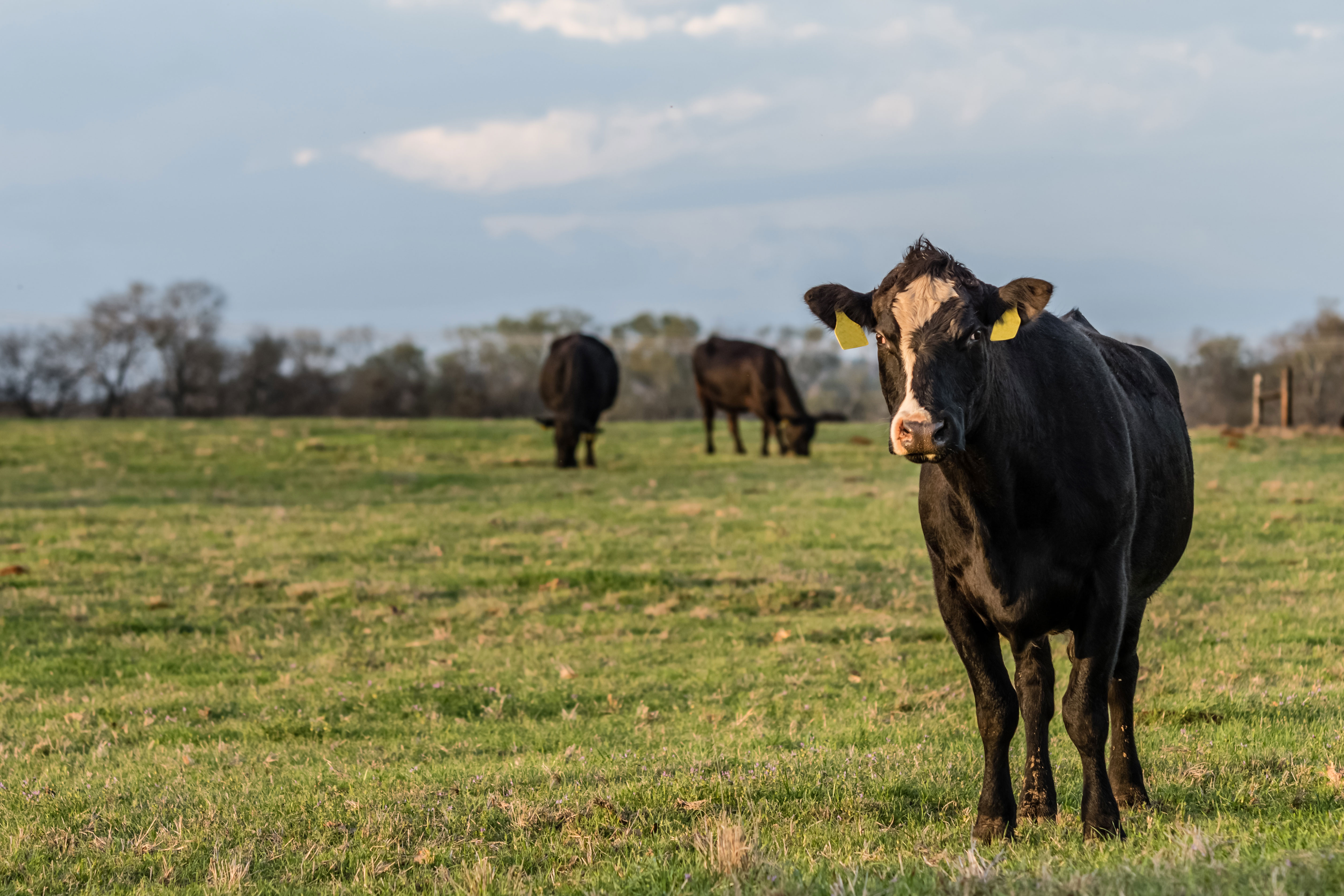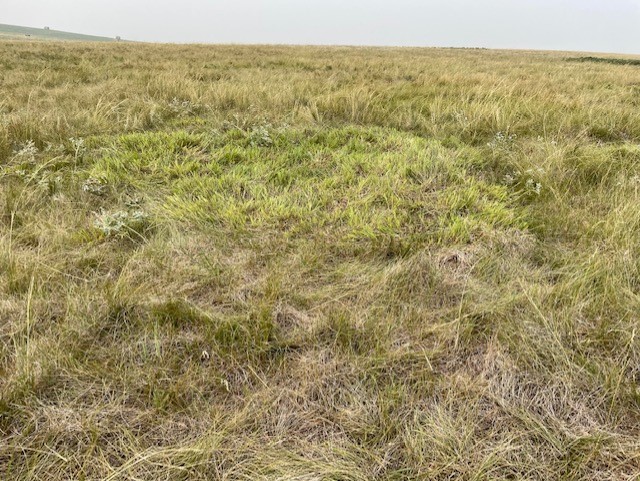Search

South Dakota Odor Footprint Tool
Two-part fact sheets explaining the South Dakota Odor Footprint Tool. Part I: Principles and Tools and Part II: Examples.

Drought Management Tips for Beef Cattle Producers
Fact sheet with tips for Beef Cattle Producers for Drought Management

Targeted Grazing Strategies for Kentucky Bluegrass Control
Fact sheet for targeted grazing strategies for Kentucky bluegrass control.

Frequently Asked Questions - Forage Nitrate Toxicity in Ruminant Livestock
A fact sheet to address frequently asked questions about forage nitrate toxicity in ruminant livestock.

Livestock Vaccines: How They Work and How to Ensure They Do Their Job
Fact sheet about vaccine basics and tips to maintain vaccine viability for cattle producers.

Noxious Weeds of South Dakota
Pictorial reference guide of noxious weeds in South Dakota

Sheep Facilities and Moisture
Fact sheet for keeping a barn comfortable and dry to increase lamb survival.

Fresh May Not Always Be Best
To have a healthy diet all year long, consider all options (fresh, frozen, and canned) when it comes to eating fruits and vegetables.

Budgeting With an Irregular Income
If you are a business owner, farmer, rancher, earn based on sales commissions, or are seasonally employed, you may not have consistent income from month to month.

Soil Testing for Vineyards in South Dakota
Not all soils are conducive to growing quality grapes, so prospective vineyard sites should be tested before a decision is made to plant grapes. Tests can identify soils that are either too high in pH, salts, or salinity, or that are “too rich” (too high in organic matter and nitrogen) for grapes. In addition, testing before planting allows for the incorporation of nutrients—such as phosphorus—that do not move easily through the soil to plant roots.